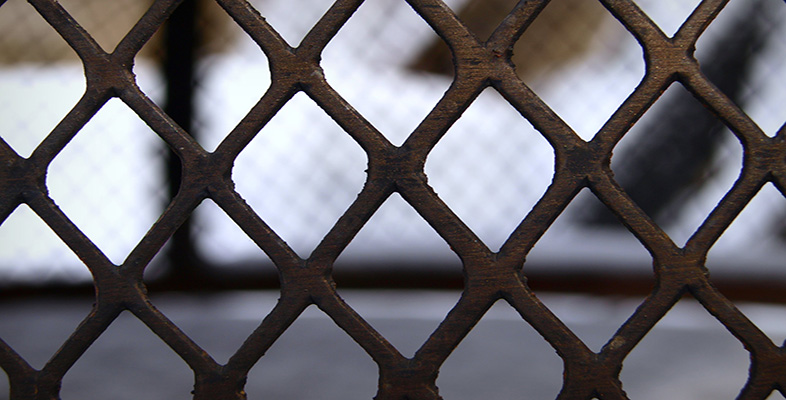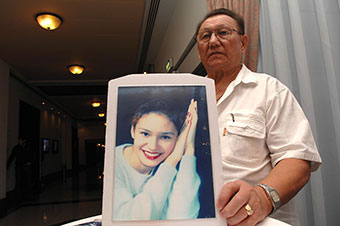3.3.1 Rantsev v Cyprus and Russia
The positive human rights obligations of states, in respect of the prevention of slavery and forced labour, were confirmed by the European Court of Human Rights in Rantsev v Cyprus and Russia (Application No 25965/04) (unreported) given 7 January 2010, ECtHR.
Box 7 Rantsev v Cyprus and Russia (Application No 25965/04) (unreported) given 7 January 2010, ECtHR
Oxana Rantseva was a 20-year-old Russian woman recruited to work as an ‘artiste’ in Cyprus. She was trafficked to Cyprus, a destination country for women trafficked from Eastern and Central Europe, for the purpose of sexual exploitation. While in Cyprus, she was subjected to sexual exploitation in a cabaret in the island’s largest coastal resort, Limassol. Shortly after her arrival in Cyprus, Miss Rantseva died in suspicious circumstances. Miss Rantseva was found dead in March 2001 below the balcony of an apartment belonging to an employee of the cabaret, having been taken there from a police station by the cabaret’s owner.
Her death led to a report by Cypriot Ombudsman on the existing system of entry and employment of women on ‘artiste’ visas in Cyprus. The report indicated that in fact these women were working as prostitutes in key entertainment venues in Cyprus. Importantly, it was shown that the Cypriot state was aware of this situation and the risk posed to the women involved in this line of work.
The case was brought by Nikolay Rantsev, Miss Rantsev’s father. He argued that there was no adequate investigation into the circumstances surrounding his daughter’s death and that she was inadequately protected by Cypriot police while she was alive. He also claimed that there was a complete failure of the Cypriot justice system to punish the individuals responsible for exposing his daughter to the sexual exploitation and ill treatment, which ultimately led to her death. The European Court of Human Rights (ECtHR) found that Cyprus had not only failed to protect Miss Rantsev from being trafficked or from being unlawfully detained prior to her death, but it had also failed to adequately investigate her death. Russia, as the state of origin, was found by the Court to have failed to adequately investigate the way in which Miss Rantsev had been trafficked from Russia to Cyprus.
Rantsev is an important decision on the human rights dimension of THB. Considering the extent of states’ obligations under Article 4 of the ECHR (prohibition of slavery, servitude and forced labour), the ECtHR held that a state might be obliged to go further than merely enacting legislation in order to meet its obligations under Article 4 ECHR. This is particularly the case where ‘the state authorities were aware, or ought to have been aware, of circumstances giving rise to a credible suspicion that an identified individual had been, or was at real and immediate risk of being trafficked or exploited (…) In case of an answer in the affirmative, there will be a violation of Article 4 of the Convention where the authorities fail to take appropriate measures within the scope of their powers to remove the individual from that situation or risk’ (Rantsev, para. 286). This means that states have positive obligations to prevent THB and to afford protection to persons who are victims of THB or might be at risk of becoming victims.
The judgment in Rantsev also shows the modern understanding of the definition of slavery. Activity 3 considered the definition of slavery in the Slavery Convention 1926, which rests on the notion of the ownership of another person. In the modern world, where slavery has been abolished, it is no longer possible to legally own another person. However, it is becoming clear that common features between THB and the practices of slavery, forced labour or servitude exist. The ECtHR demonstrated these common features in Rantsev, emphasising that: ‘trafficking in human beings, by its very nature and aim of exploitation, is based on the exercise of powers attaching to the right of ownership. It treats human beings as commodities to be bought and sold and put to forced labour, often for little or no payment. (…) It involves the use of violence and threats against victims, who live and work under poor conditions’ (para. 281). This contemporary interpretation of slavery also means that international law instruments, which do not explicitly mention THB, may nonetheless prohibit it because of the presence of common features between concepts of modern and historical slavery.

